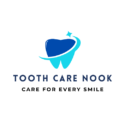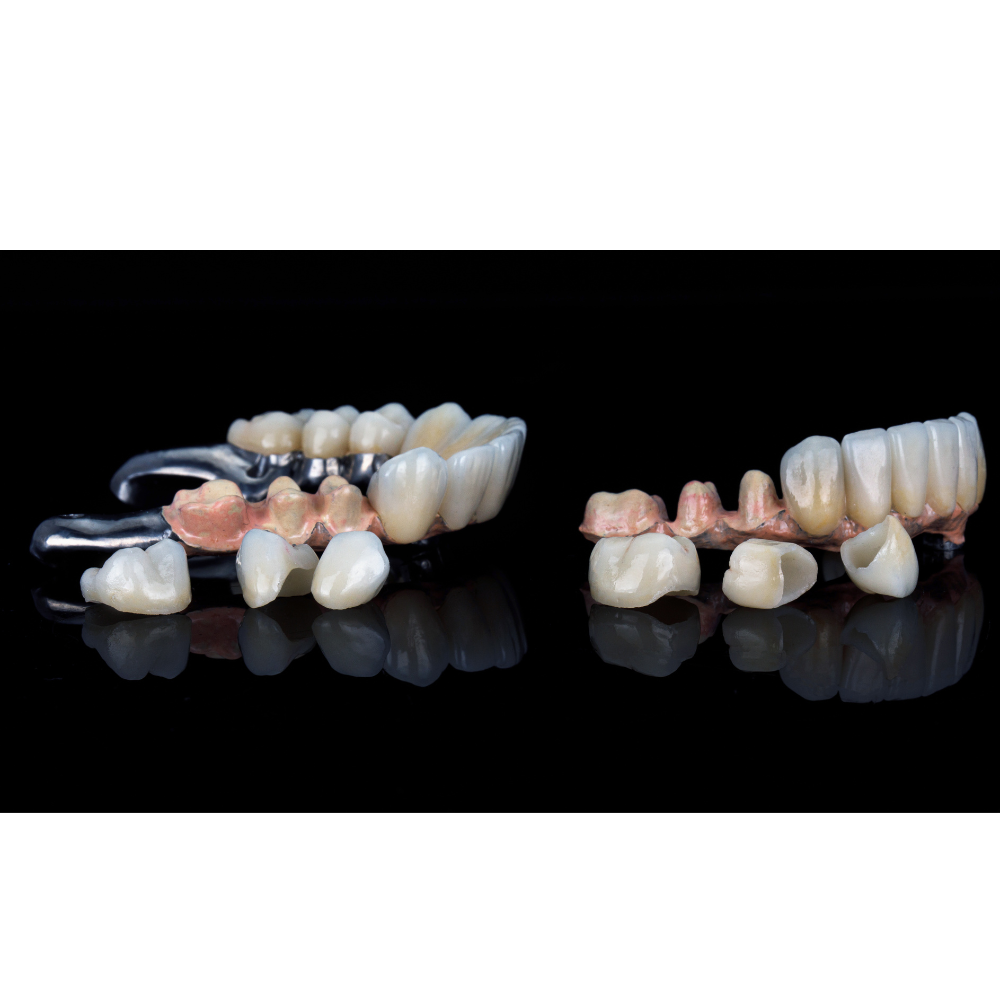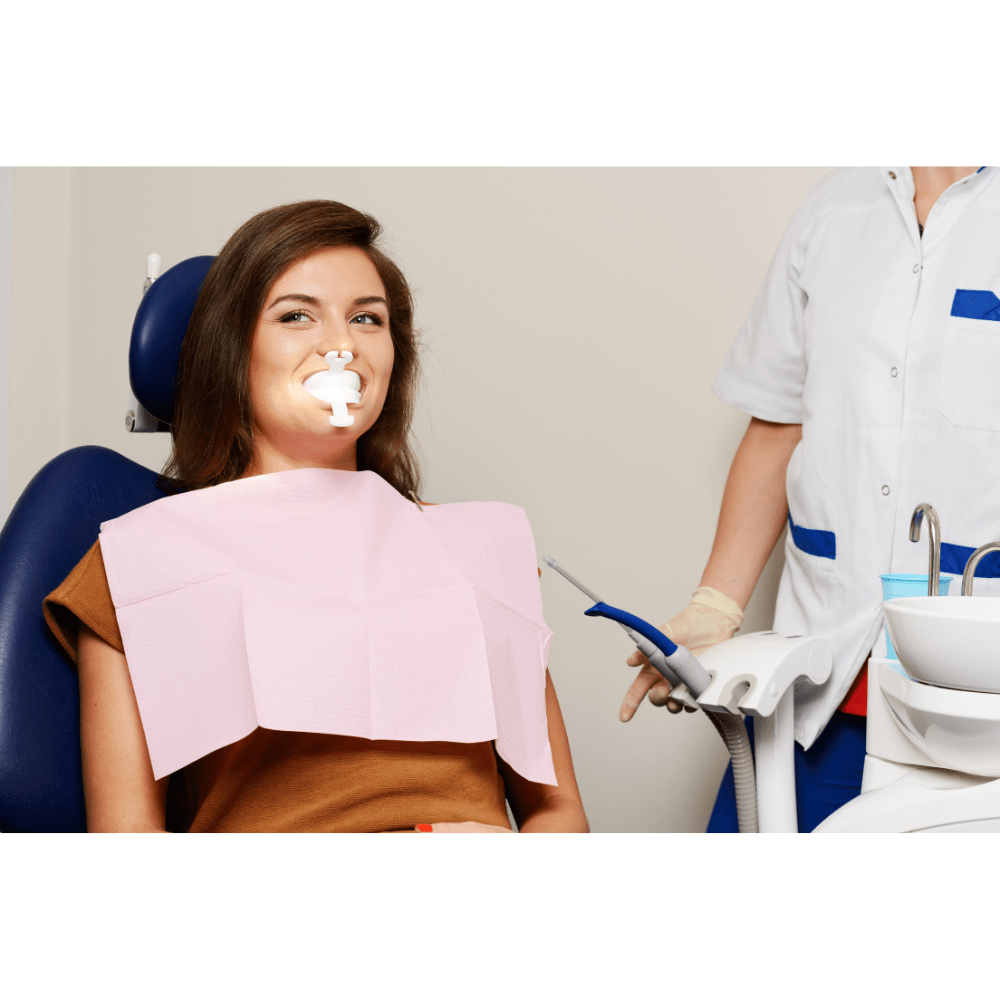What Are The 50 Soft Foods To Eat After Tooth Extraction? | Here’s What Dentists Recommend
After a tooth extraction, your mouth is going to be feeling tender. To help it heal up nicely and quickly, dentists recommend sticking to soft foods for a while. Don’t worry, this doesn’t mean you’re stuck eating bland mush!
This article has a bunch of tasty ideas to keep you fueled up while your mouth recovers. We’re talking creamy yogurts, fluffy scrambled eggs, and even some yummy treats! So ditch the crunchy chips and popcorn, and get familiar with these delicious options instead.
What Are The 50 Soft Foods To Eat After Tooth Extraction?
Soft Dairy Foods
Here is a list of soft foods to take after tooth extraction:
- Yogurt
- Pudding
- Cottage cheese
- Soft cheeses (e.g., brie, cream cheese)
- Ice cream (without chunks)
- Milkshakes (without chunks)
- Smoothies
- Ricotta cheese
- Mashed avocado
- Custard
Carbohydrates
- Mashed potatoes
- Oatmeal
- Cream of wheat
- Soft bread without crust
- Pasta, well-cooked and soft
- Mac and cheese
- Rice pudding
- Polenta
- Pancakes, soft and well-cooked
- Soft muffins without nuts or seeds
Proteins
- Scrambled eggs
- Soft-boiled eggs
- Tofu, soft or silken
- Soft fish e.g., salmon, tilapia
- Chicken, shredded and well-cooked
- Meatloaf, soft and without crusty edges
- Lentil soup
- Hummus
- Refried beans
- Soft-cooked beans
Vegetable Varieties
- Mashed sweet potatoes
- Pureed carrots
- Avocado
- Spinach (cooked and soft)
- Butternut squash puree
- Pumpkin puree
- Cauliflower mash
- Soft-cooked zucchini
- Steamed and pureed peas
- Soft-cooked green beans
Sweet Treats
- Applesauce
- Mashed bananas
- Jell-O
- Sorbet
- Soft peaches, canned or cooked
- Pears, canned or cooked
- Mango puree
- Softened baked apples
- Soft fruit smoothies
- Soft berries, ripe and mashed
Why Cold Soft Foods After Oral Surgery?
Following are the reasons dentists always suggest cold soft foods after oral surgery:
Reduced Swelling:
The cold temperature acts as a natural pain reliever by constricting blood vessels and reducing inflammation around the surgical site. This minimizes swelling and discomfort after the procedure.
Minimized Discomfort:
Soft foods are easier to chew and swallow, putting minimal stress on the surgical area. This helps prevent irritation and promotes faster healing.
Less Risk of Dislodging Blood Clots:
Chewing hard or crunchy foods can dislodge the blood clot that forms at the surgical site. This clot is important for healing and preventing bleeding. Soft foods minimize this risk.
Easier Healing Process:
Imagine your mouth is like a little athlete who just went through a big game (the tooth extraction!). It’s a little sore and needs some rest. Soft foods are like easy exercises – they don’t take much effort to chew, so your mouth can focus on healing up instead of working super hard. This way, you’ll feel better faster and be back to chomping on your favorite foods in no time!

What To Eat With Dry Socket?
Stay hydrated with plenty of fluids to promote healing. Choose water, clear broths, or non-acidic juices. Opt for lukewarm, easily chewed foods that won’t irritate the socket. Examples include:
* Mashed potatoes
* Yogurt, plain or with smooth fruit
* Applesauce
* Scrambled eggs
* Soft cooked vegetables
* Soups, strained to remove chunks
* Smoothies without seeds or chunks
Foods To Avoid With Dry Socket
Certain foods can irritate the socket and hinder healing. Here’s what to avoid with dry sockets:
* Nuts and seeds
* Chips and pretzels
* Popcorn
* Raw vegetables
* Crusty bread
* Spicy foods
* Hot foods
* Candy
* Dates
* Sticky fruits
Things You Should Do After Tooth Extraction
Rest and Relax
Give your body time to heal by resting for at least 24 hours after the extraction. Avoid physical activities that can cause blood flow to the head.
Use Ice Packs
Apply ice packs to the affected area to reduce swelling and discomfort. Use them for 15-20 minutes at a time during the first 24 hours.
Take Prescribed Medications
If your dentist prescribes painkillers or antibiotics, take them as directed to manage pain and prevent infection.
Elevate Your Head
To help reduce the puffiness and keep any bleeding in check, try propping your head up with extra pillows when you sleep. Think of it as giving your head a comfy throne – the higher it is, the better!
Check for Complications
Monitor the extraction site for signs of infection, such as increased swelling, severe pain, or a foul odor. Contact your dentist if any of these symptoms occur.
Things You Should Avoid After Tooth Extraction
Avoid Smoking
Smoking can delay healing and increase the risk of complications such as dry sockets. Refrain from smoking for at least 48 hours after the extraction.
Do Not Use Straws
Using straws creates suction that can dislodge the blood clot, leading to a dry socket. Avoid using straws for at least a week.
Don’t Spit Forcefully
Forceful spitting can dislodge the blood clot. Instead, let saliva and blood naturally drip out of your mouth.
Avoid Heavy Physical Activity
Avoid heavy lifting and strenuous exercise for at least 24-48 hours to prevent increased bleeding and swelling.
Do Not Touch the Extraction Site
Avoid touching the extraction site with your tongue, fingers, or any objects. This can introduce bacteria and cause infection.

FAQs
What Is The Best Breakfast Food After Tooth Extraction?
For the first 24-48 hours after a tooth extraction, focus on soft, cool foods that require minimal chewing. For example, scrambled eggs are easy to digest and packed with protein for healing. Blend fruits, yogurt, and protein powder for a nutritious and easy-to-eat breakfast.
Can I Eat Maggi After Tooth Extraction?
It’s generally best to avoid Maggi in the first 24-48 hours after a tooth extraction. Because maggi is typically served hot, which can irritate the extraction site. Depending on the type of Maggi, it might require some chewing which could dislodge the blood clot and delay healing.
What Makes Dry Socket Worse?
Smoking significantly increases the risk of dry sockets. Sucking through a straw can dislodge the blood clot. Also, not keeping your mouth clean after surgery can increase the risk of infection, which can worsen dry sockets.



